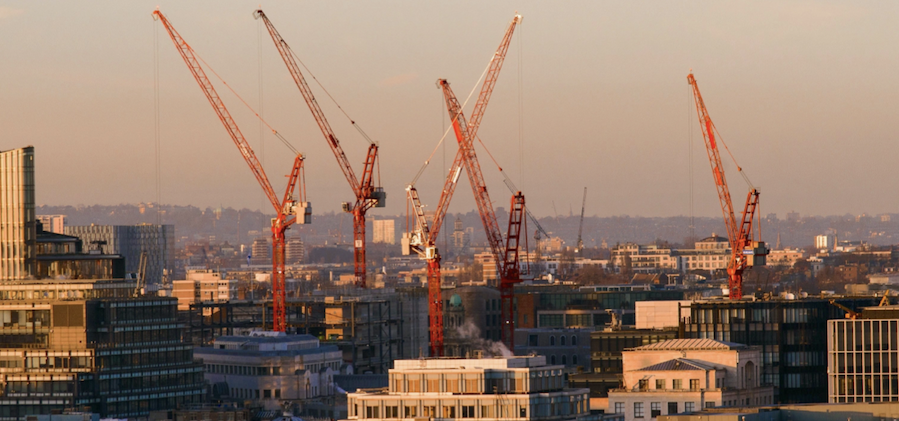
Canada has opened its arms to immigrants. We tried to build a wall. This is how that decision plays out.
Drive just 5 hours directly north from Pittsburgh, and weave around the Great Lakes a little, and you’ll be in Toronto, perhaps the most multicultural and multi-racial city in the world.
With the foreign-born population in Toronto now over 50%, New York City is in the rear view mirror. Pittsburgh is not even a speck on the horizon, with only 4% foreign-born residents. This multi-cultural population gap plays out in so many visible and important ways that it’s impossible to even begin to list them here. But what’s most visible when you visit Toronto is that minorities are fully-integrated into every walk of life. They are economists, real estate developers, taxi cab drivers and business owners. They have turned Toronto into a very colorful mosaic indeed. Every corner of Toronto is a thriving, vital metropolis.
And then there is the construction. There is not a block that has escaped. The foreign-born population is expected to rise by another 500,000 immigrants over the next year. As Ontario works to add 1.5 million new homes by 2031, construction in Toronto is unrivaled by any other North American city. According to the RLB Crane Index for North America, Toronto, at a count of 238, has more cranes in use than all U.S. cities combined. And while Seattle (in second place) has a commendable 51 cranes, Pittsburgh is not on the list at all.
This dynamic metropolis with a core of soaring skyscrapers is not shying away from immigration. In India, Canada is hailed as pretty much the holy land. Adverts abound in Punjab urging one to “Study English, move to Canada.” Along the way, someone (collectively) decided that an immigrant is an economic driver and will bring prosperity. And that decision defined the remarkable course of Toronto and Ontario.
They decided to encourage immigrants. We decided to build a wall.
